Allegiance France Battles/wars World War I Service/branch French Air Force Unit N 77 Battles and wars World War I | Rank Lieutenant Height 1.81 m Years of service 1914–1918 Name Maurice Boyau | |
 | ||
Birth name Maurice Jean-Paul Boyau Awards Medaille militaire, Legion of Honour | ||
Environne man stade maurice boyau
Maurice Jean-Paul Boyau (8 May 1888 – 16 September 1918) was a French rugby union player and a leading French ace of the First World War with 35 victories, and one of the most successful balloon busters. Balloon busting was the dangerous act of bringing down enemy observation balloons; these balloons were densely protected by anti-aircraft artillery and patrol flights.
Contents
- Environne man stade maurice boyau
- Sporting career
- Flying service
- Legacy
- Mdaille militaire
- Lgion dhonneur
- References
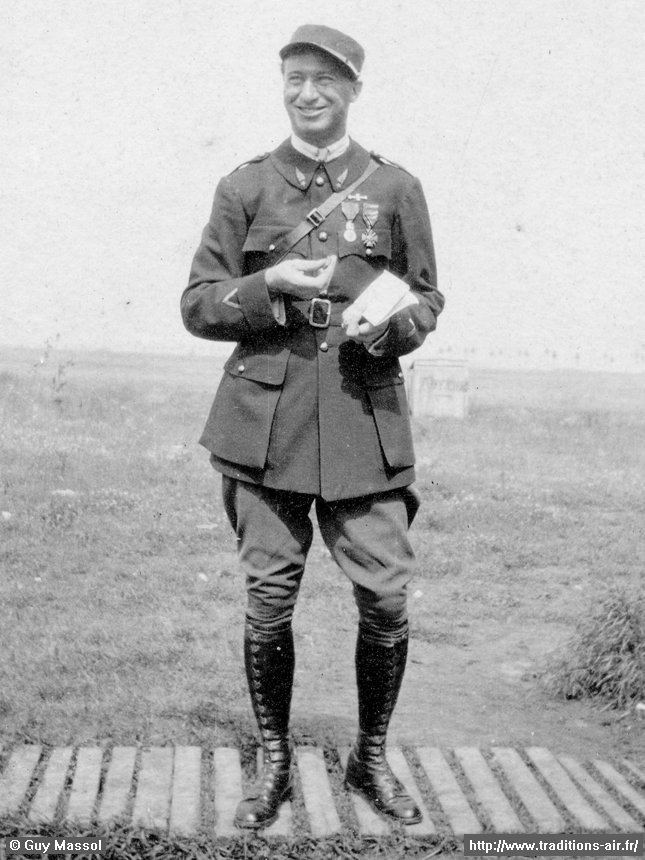
Born in Mustapha, Algeria on 8 May 1888, Boyau first served in the 144th Infantry Regiment before the war. Boyau was already known to the public when war began in 1914, having led the French rugby team. He served as an Army Service Corps driver for the first year or so of the conflict, then was accepted for pilot training.
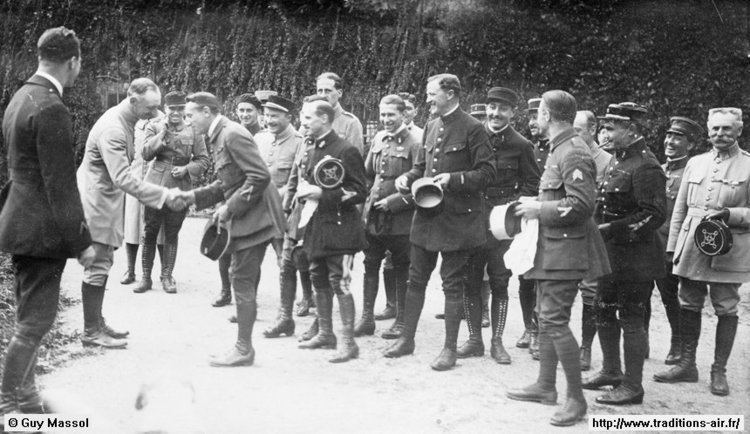
Environne man stade maurice boyau
Sporting career
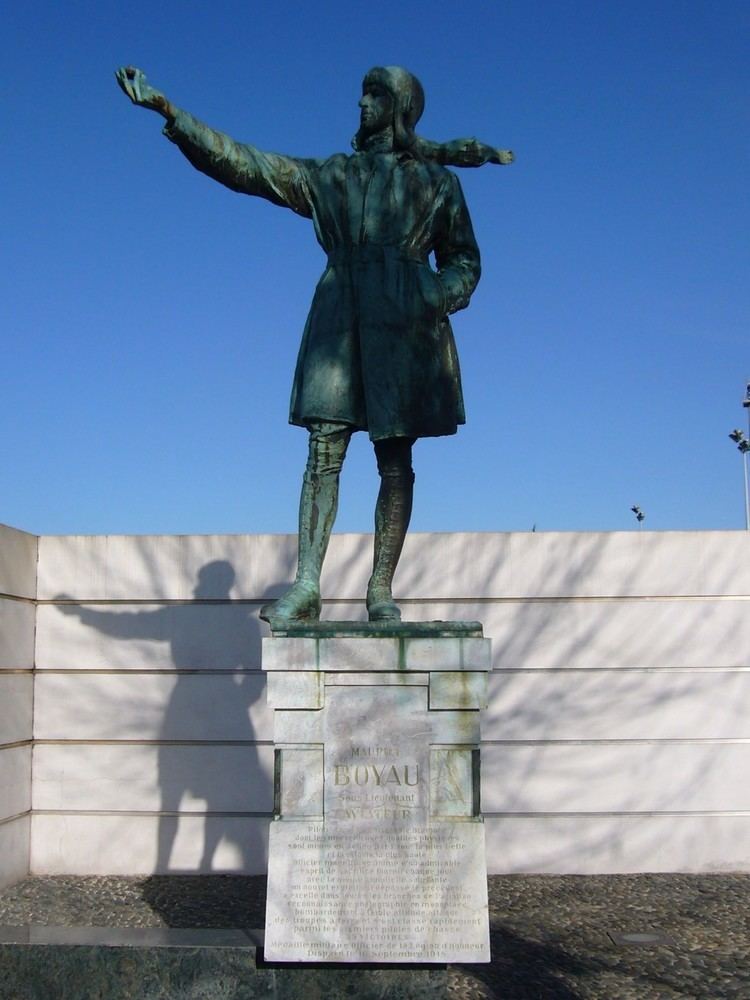
Passionate and endowed for all the sports, he practised especially rugby union at a high level. He played as a three-quarters wing or center initially within US Dax (whose stadium is currently named after him, and where a statue was set up in its honour, in 1924) then at the Stade Bordelais and Racing Club de France during the war of 1914–1918. He was also one of the most famous international players of his time. The day before the war, its honours included:
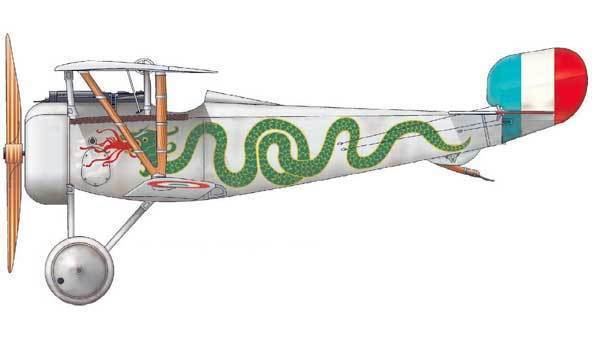
Flying service

He acquired his Pilot's Brevet on 28 November 1915. In late 1915, he was assigned as a flight instructor at Buc but arranged to join a combat unit as a Caporal in September 1916. He spent the rest of his career with Escadrille 77, known as "Les Sportifs" for the great number of athletes in its ranks. Boyau originally flew Nieuports with them. His Nieuport's paint scheme featured a rather flamboyant serpentine dragon writhing the length of a white fuselage.
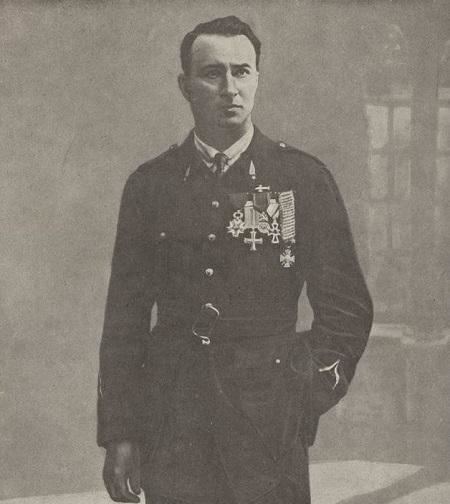
As an enlisted pilot, Boyau was promoted to Sergeant. He scored his first ten victories between March and September 1917, including six balloons. During this spell, he shared the first of an eventual six balloon buster victories with fellow ace Gilbert Sardier. He was then commissioned and continued his exceptional record flying SPADs.
In the spring of 1918, Boyau pioneered the use of air-to-air rockets; he had rocket tubes affixed to the inner set of interplane struts of his Spad XIII. He made his mark with repeated successes in the summer of 1918, scoring four victories in June; nine in July; and three in August. He burned his last four balloons in three days of September, but was killed by defending German fighters on the 16th, with Georg von Hantelmann receiving credit.
Legacy
Boyau accounted for 21 balloons (14 shared) and 14 aircraft (4 shared), ranking fifth among all French aces of The Great War. He earned the Médaille militaire and Légion d'honneur for his aerial enterprises in 1917 and 1918.
A stadium of one of his former clubs, Dax, France, is named to commemorate him, the Stade Maurice Boyau.
Médaille militaire
"Pursuit pilot of audacious bravery. Three times cited in orders, and has to his credit an aircraft and a balloon. On 5 June 1917 he destroyed another balloon. Forced to land in enemy territory, he repaired his plane and flew back over the lines at 200 meters altitude, under fire of enemy machine guns."
Légion d'honneur
"Pilot of remarkable bravery whose marvelous physical qualities are put to use by his most arduous spirit and fights at great heights. Magnificent officer with an admirable spirit of self-sacrifice, facing each day with the same smiling desire for new exploits, surpassing then succeeding. He excels in all branches of aviation; reconnaissance, photography in single-seaters, bombardments at low altitudes, attacks on ground troops, and is classed among the best pursuit pilots. He has reported twenty-seven victories, the last twelve in less than one month. Has shot down sixteen balloons and eleven planes. Has the Médaille Militaire and Officier de la Légion d'Honneur for feats of war. Eleven citations."
